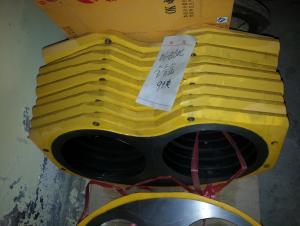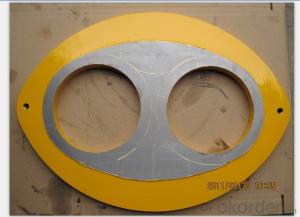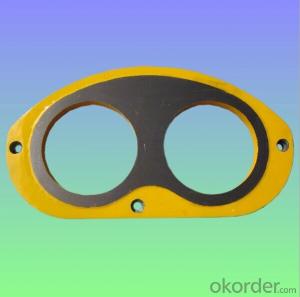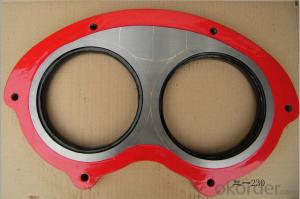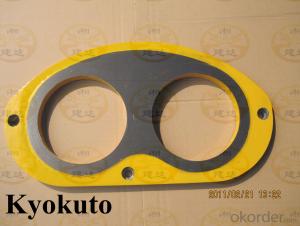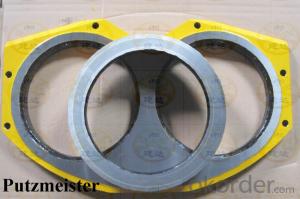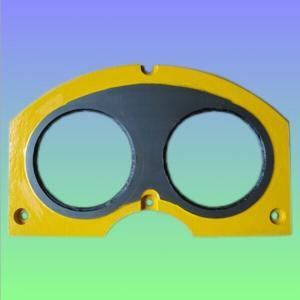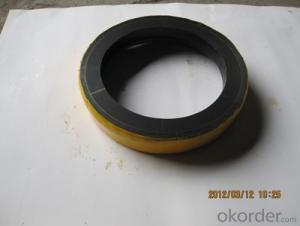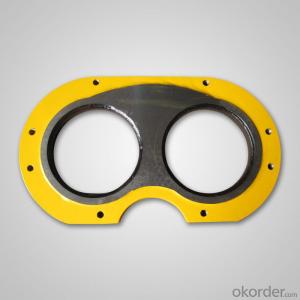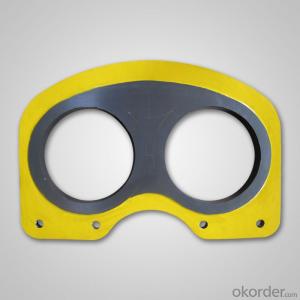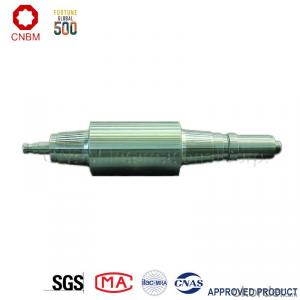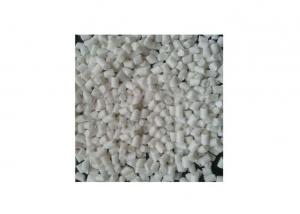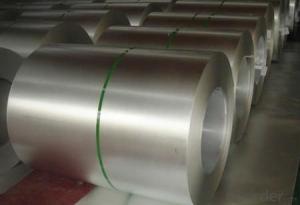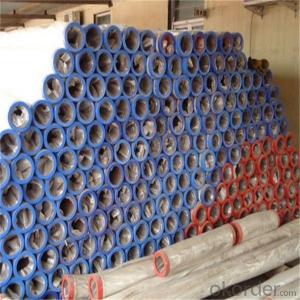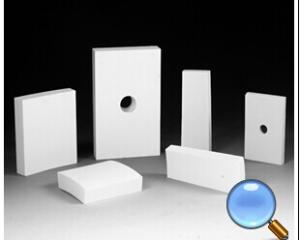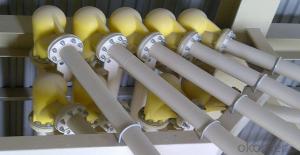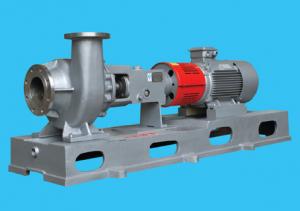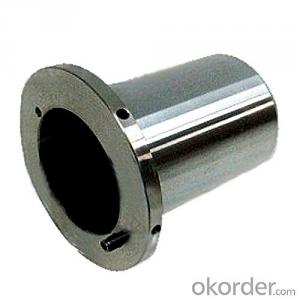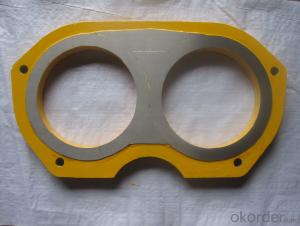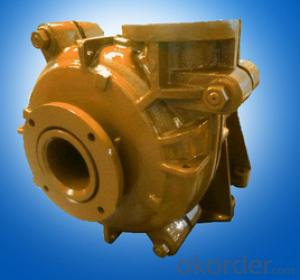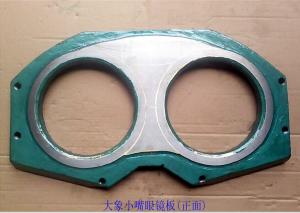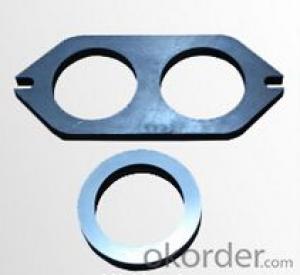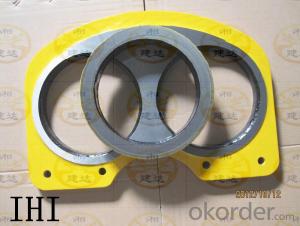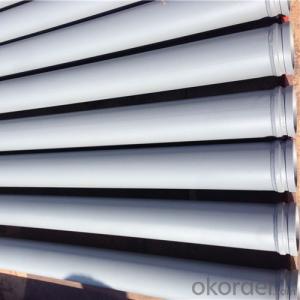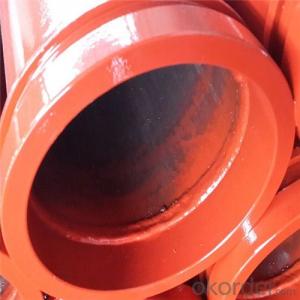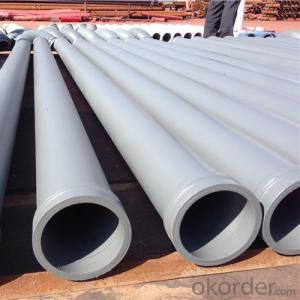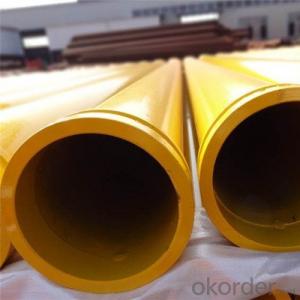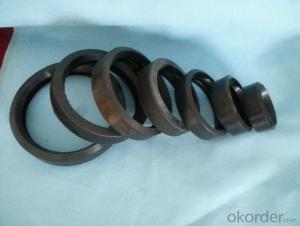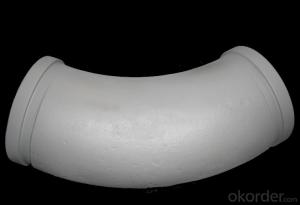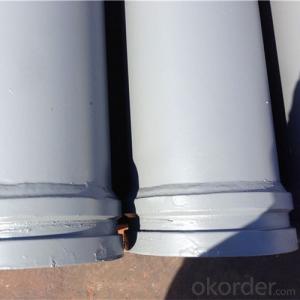Spectacle Wear Plate
Spectacle Wear Plate Related Searches
Mitsubishi MccbHot Searches
Spectacle Wear Plate Supplier & Manufacturer from China
Okorder.com is a professional Spectacle Wear Plate supplier & manufacturer, offers integrated one-stop services including real-time quoting and online cargo tracking. We are funded by CNBM Group, a Fortune 500 enterprise and the largest Spectacle Wear Plate firm in China.Hot Products
FAQ
- Yes, concrete pump spare parts can be resold or traded in for new parts. Depending on the condition and demand for the specific parts, reselling them can be a viable option to recover some of the initial investment. There are various platforms, both online and offline, where individuals or businesses can sell their used concrete pump spare parts. Additionally, some manufacturers or distributors may offer trade-in programs where old parts can be exchanged for new ones, providing customers with a cost-effective way to upgrade their equipment. However, the resale value or trade-in options may vary depending on factors such as the age, condition, and market demand for the specific spare parts.
- A concrete pump control valve is important because it allows for precise control and regulation of the flow rate and pressure of concrete being pumped. This ensures that the concrete is delivered accurately and efficiently to the desired location, preventing wastage and improving overall productivity of the construction process. Additionally, the control valve prevents blockages and potential damage to the pump by allowing operators to adjust the flow as needed, maintaining a smooth and continuous operation.
- To extend the lifespan of concrete pump spare parts, there are several measures that can be taken: 1. Regular maintenance: It is crucial to perform regular maintenance on the concrete pump spare parts. This includes cleaning, lubricating, and inspecting the parts for any signs of wear or damage. By addressing any issues early on, you can prevent further damage and prolong the lifespan of the parts. 2. Proper storage: When not in use, it is important to store the spare parts in a clean and dry environment. Exposure to moisture, dust, and other contaminants can lead to corrosion and deterioration of the parts. Storing them in a designated area with appropriate protection can help prevent these issues. 3. Quality parts: Investing in high-quality spare parts can greatly influence their lifespan. Opting for reputable brands and manufacturers that produce durable and reliable parts can ensure their longevity. Although they may be more expensive initially, they will likely save you money in the long run as they will require less frequent replacement. 4. Proper usage: Following the manufacturer's guidelines and instructions for the concrete pump spare parts is crucial. Overloading or operating the equipment improperly can put excessive strain on the parts, leading to premature wear and tear. Using the parts within their recommended capacity and following proper operating procedures will help extend their lifespan. 5. Training and supervision: Ensuring that operators and maintenance personnel are properly trained and supervised can have a significant impact on the lifespan of concrete pump spare parts. Educating them on best practices, proper handling, and maintenance techniques will help prevent misuse or mishandling that can result in damage to the parts. 6. Regular inspections: Conducting regular inspections of the spare parts can help identify any potential issues early on. This can include checking for signs of wear, damage, or misalignment. By addressing these issues promptly, you can prevent further damage and extend the lifespan of the parts. By implementing these measures, you can significantly extend the lifespan of concrete pump spare parts, reducing downtime and improving efficiency in construction projects.
- By creating a back-and-forth movement, the concrete pump piston propels the concrete through the pump and into the desired location. The piston is a cylindrical part that fits snugly inside a cylinder and is connected to a rod, which is linked to a hydraulic system. When the hydraulic system is activated, it propels the rod forward, thereby causing the piston to move in the same direction. As the piston advances, it creates a vacuum behind it, which draws the concrete into the cylinder through an inlet valve. Once the piston reaches the end of its forward stroke, the hydraulic system changes its direction, retracting the rod and causing the piston to move backward. Consequently, this action closes the inlet valve and opens an outlet valve, enabling the concrete to be forced out of the cylinder and into the delivery line. The reciprocating motion of the piston, combined with the alternating opening and closing of the inlet and outlet valves, facilitates a continuous flow of concrete through the pump. This process is rapidly repeated, ensuring efficient and consistent pumping of concrete to the desired location.
- Proper maintenance and replacement of rubber pistons in concrete pump spare parts involves a few key steps. Firstly, make sure to regularly inspect the pistons for any signs of wear, such as cracks or tears. It is recommended to replace them if they are significantly worn or damaged. To replace the rubber pistons, start by removing the old piston carefully, ensuring not to damage the cylinder or any other components. Clean the cylinder thoroughly, removing any debris or residue. Apply a lubricant or concrete pump primer to the cylinder walls to aid in the installation of the new piston. Next, carefully install the new rubber piston, ensuring it is properly aligned with the cylinder. Gently push it into place, avoiding any unnecessary force that could cause damage. It is important to refer to the manufacturer's instructions or guidelines for specific installation techniques. After replacing the rubber piston, run a few tests to ensure its proper functioning. Check for proper sealing and smooth operation by conducting a dry run or pumping a small amount of concrete. Monitor the piston's performance closely, and if any issues arise, consult a professional or the manufacturer for further guidance. Regular maintenance, such as cleaning the cylinder and lubricating the pistons, can help extend their lifespan. Additionally, following proper operating procedures, such as avoiding excessive pressure or abrasive materials, can also contribute to the longevity of rubber pistons.
- Yes, there are specific guidelines for the disposal of old or damaged concrete pump spare parts. It is recommended to contact local waste management authorities or recycling facilities to inquire about proper disposal methods. In many cases, recycling concrete pump spare parts is encouraged to reduce environmental impact.
- Concrete pump pipes typically last between 25,000 to 40,000 cubic meters of concrete pumped. However, the lifespan of these pipes can vary based on several factors such as the quality of the pipes, the type of concrete being pumped, the pumping pressure, and the maintenance practices followed. Regular inspections, cleaning, and proper storage can help extend the lifespan of concrete pump pipes. Ultimately, it is essential to monitor the wear and tear of the pipes and replace them when necessary to ensure efficient and safe concrete pumping operations.
- The hopper agitator shaft bearings in a concrete pump should be inspected regularly, at least once every six months, to ensure proper functioning. However, the exact frequency of replacement would depend on the manufacturer's recommendations, the intensity of usage, and the condition of the bearings. It is crucial to monitor the bearings for any signs of wear, damage, or excessive vibration, as this can lead to equipment failure and potential safety hazards.

